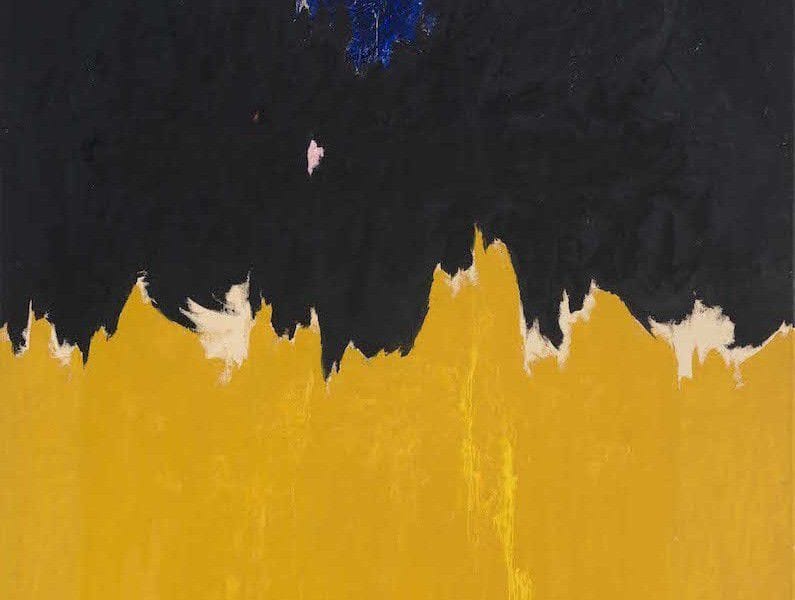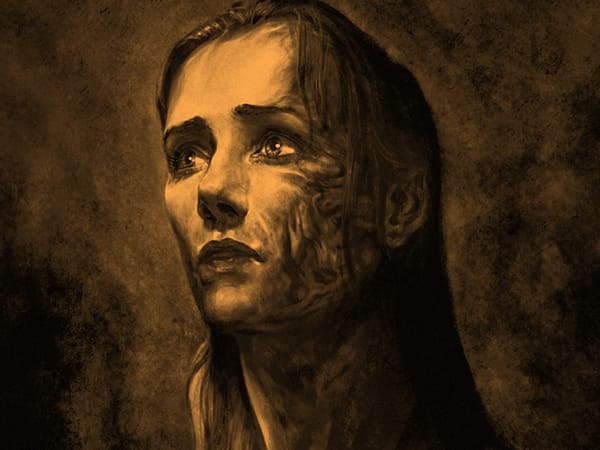Triumph of the American Rebels
Reviewing the RA's latest exhibition

Abstract expressionism is a liberation. The art form’s leading American artists of the 1940’s and 50’s emphasized on spontaneous creative acts to express subjective emotion in opposition to the confining rules of realism. Though exhibited and referred as a collective for revolutionizing the art scene, it’s worth focusing on the individuality of each artist (particularly in terms of technique and vision driving their artistic expression). RA’s Abstract Expressionism aims to materialize this concept in highlighting each artist separately, but with critical references to the collective group.
The uniqueness of this exhibition’s interactivity is that each piece can be approached like a Freudian inkblot: as minimal realistic subject matter is offered by artist, the viewer’s interpretation is allowed to be driven solely by his or her own unique subconscious experiences.
Understanding each artist’s technique also helps fully appreciate the pieces. There is a wonderful video in the audioguide of Jackson Pollock making an artwork using his signature paint drip technique. Despite the dynamic rhythm and movement in the labyrinths of his works, Pollock’s creative process seems very controlled - no chaos. It’s amazing to see in the video how Pollock’s creation was like a performance, and how the epic scale of the canvas allowed him to channel his entire body’s energy into creating his “murals”.
In contrast, Franz Kline painted at night in artificial light. (Digressing to unconscious interpretation, doesn’t it seem like there is a small figure in the bottom right-hand corner of Kline’s Requiem? Doesn’t it seem like the perfect mood poster for the movie Requiem for a Dream?).
The uniqueness of this exhibition’s interactivity is that as minimal realistic subject matter is offered by artist, the viewer’s interpretation is allowevvd to be driven solely by his or her own unique subconscious experiences
At the heart of the exhibition are Mark Rothko’s iconic “mood pieces” – abstractions which embody complex human emotions, put by Rothko as “tragedy, ecstasy, doom”. The translucent paint and hazy edge, which create a halo around the pieces, make them seem more like an aura which moves and radiates from the canvas. To stand in meditative contemplation before each piece is a transcendent experience; not only do the colors of each piece aim to symbolize an emotion, but also they aim to evoke an emotion in the viewer. Before a dark maroon piece one feels a sort of oppressing gloom, but moving on to a nearby indigo piece one’s mood is instantly transformed to a calm and liberating serenity.
Apart from the famous male abstract expressionists, the RA’s show makes a successful effort to also include works by the movement’s key influential female artists. Some examples are Louise Nevelson’s Sky Cathedral – Moon Garden +One (a sculpture that’s meant to look like a painting) and Lee Krasner’s tributes to her husband Pollock after his death.
On the note of female influence, Willem de Kooning focused extensively on the themes of female presence and the “claustrophobic realms of female sexuality”, as is evident in some of his pieces shown in the exhibition. It is also interesting to see the existentialistic themes of his other works, which convey a sense of release offered by nature and contrast the aforementioned eroticism.
An abstraction can never be fully grasped or remembered – each time it appears changed, with new details emerging that weren’t seen at first glance. Moreover, the interaction between the audience and the piece is critical to the function of an abstract expressionism artwork. A piece may alter mood (as is evident with Rothko’s works), but may also seem different to the viewer depending on his or her own emotional state. For these unique, and perhaps even psychologically therapeutic qualities, it is definitely worth spending a few hours at RA’s exhibition and watch the “ominous orbs rise/set on the ruddy Abstract Expressionism horizon”.








